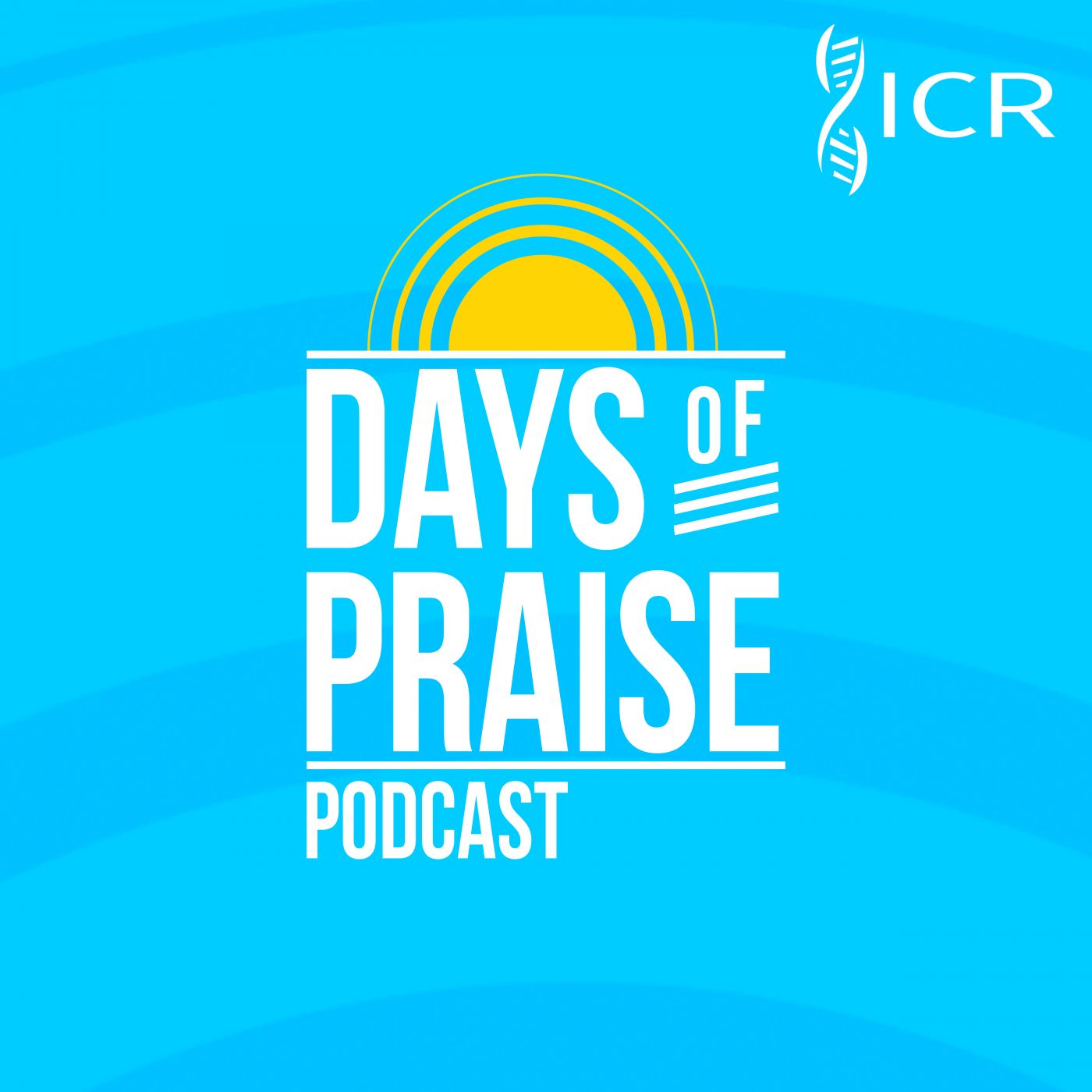“Can the fig tree, my brethren, bear olive berries? either a vine, figs? so can no fountain both yield salt water and fresh.” (James 3:12)
The answer to these rhetorical questions obviously is “no.” A fig tree cannot become an olive tree in one growing season, or in a million of them. Nor can a grapevine evolve into a fig tree, no matter what happens to it (grafts, mutations, chemicals, radiations, anything).
In the very first chapter of the Bible, each kind of plant God created was given the genetic information by its Maker to reproduce only its own “kind” of plant, not to diverge into some other kind, although its offspring could develop into many varieties of the parental kind (but even that only within strict limits). The same was true with the animals. Ten times in Genesis 1, God, in five verses, tells us that each created kind of plant and animal was coded to reproduce just its own kind (Genesis 1:11-12, 21, 24-25).
Just in the event that some skeptic might reject Genesis 1 as factual, the same theme is reiterated in the New Testament, not only in our text but in Paul’s great chapter on death and resurrection. “God giveth it a body as it hath pleased him, and to every seed its own body. All flesh is not the same flesh: but there is one kind of flesh of men, another flesh of beasts, another of fishes, and another of birds” (1 Corinthians 15:38-39).
This biblical truth is confirmed by every scientific observation ever made on plants and animals—whether living, dead, or fossilized. No one has ever seen a frog evolve into a prince, or a vine into an olive tree, either in the present or in the fossil record of the past. “I know that, whatsoever God doeth, it shall be for ever: nothing can be put to it, nor any thing taken from it: and God doeth it, that man should fear before him” (Ecclesiastes 3:14). HMM
 Days of Praise Podcast is a podcast based on the Institute for Creation Research quarterly print devotional, Days of Praise. Start your day with devotional readings written by Dr. Henry Morris, Dr. Henry Morris III, Dr. John Morris, and others to strengthen and encourage you in your Christian faith.
Days of Praise Podcast is a podcast based on the Institute for Creation Research quarterly print devotional, Days of Praise. Start your day with devotional readings written by Dr. Henry Morris, Dr. Henry Morris III, Dr. John Morris, and others to strengthen and encourage you in your Christian faith.


















